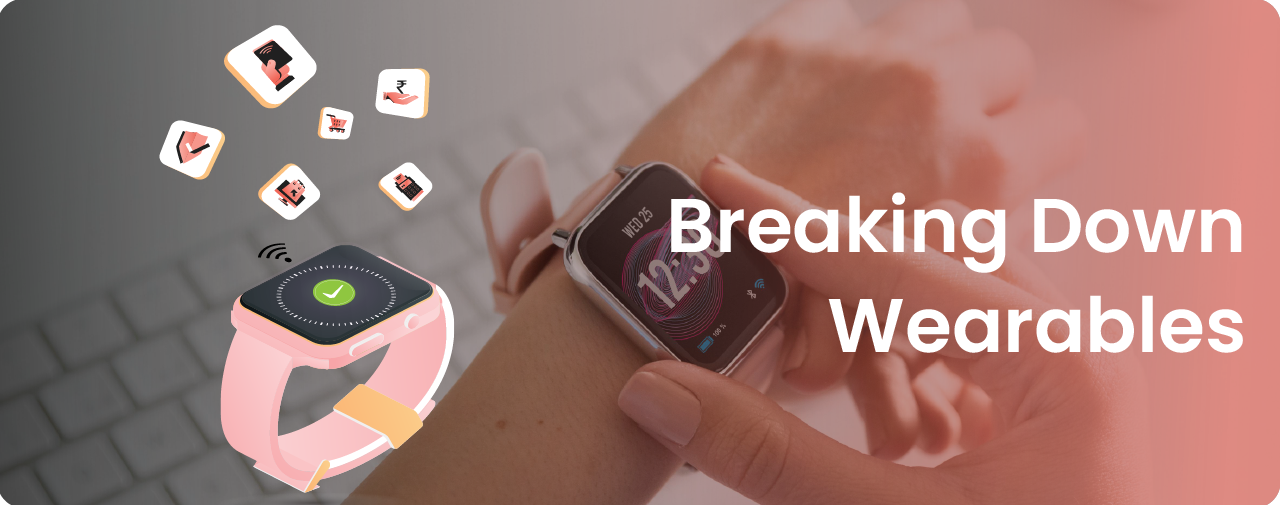Everything you need to know about Smart watches
Wearable technology has been one of the most evolving fields and has achieved major developmental landmarks, changing the way human got interact with technology and manage their health. Starting from simple pedometers and advanced fitness trackers to smartwatches that have become an inseparable accessory within modern society and key to people’s healthy lifestyles. This broad coverage enables the investigation of specific aspects and shedding light on the primary and secondary advancements and innovations, the high-tech introduced, as well as the consequences for society in the wearables category.
Early Beginnings: Origins of Wearable Fitness Monitors
THE EVOLUTION OF WEARABLE TECHNOLOGY can be dated back up to the year 2000 with the appearance of gadgets related to Kontera and later on fitness trackers. These devices were created mainly for tracking movement, where information on the steps made, distance covered, and energy consumed were displayed. Nike+ iPod Sports Kit was among the first of such products to hit the market when it was released in 2006. Core elements of this device were a sensor that could be attached to the shoe and a receiver that was connected to iPod through which users were able to track running data and play music at the same time.
The second entrant in the market of fitness tracking was offered by the Fitbit Company in the year 2009 with the Fitbit Classic. Fitbit Inc. ’s first product, launched in 2008, the Fitbit Classic was a clip on device that intended to monitor steps taken, distance traveled, calories burnt; it was also able to synchronise data without the use of wire to a computer. This was the start of Fitbit getting into the limelight as one of the leading companies that deal in wearable technology. Some of the early technologies like Step counters may not have been very advanced but paved way for new advanced technologies.
The Rise of Wearable Technology: Expanding Beyond Fitness
As technology advanced, so did the capabilities of wearable devices. The early 2010s saw a surge in the popularity of fitness trackers, with companies like Fitbit, Jawbone, and Garmin introducing more sophisticated models. These devices began to incorporate features such as heart rate monitoring, sleep tracking, and GPS functionality. The Fitbit Charge HR, released in 2015, was one of the first fitness trackers to offer continuous heart rate monitoring, providing users with more accurate and comprehensive data on their physical activity and health.
The introduction of the Apple Watch in 2015 marked a significant turning point in the evolution of wearables. The Apple Watch was not just a fitness tracker; it was a smartwatch that combined the functionalities of a fitness tracker with those of a smartphone. It could track a wide range of activities, monitor heart rate, receive notifications, and run apps, making it a versatile and powerful device.
Technological Advancements: Enhancing Functionality and Accuracy
The evolution of wearables has been driven by continuous advancements in technology. Improvements in sensors, battery life, and connectivity have significantly enhanced the functionality and accuracy of wearable devices. Modern wearables are equipped with an array of sensors that can monitor various physiological parameters, including heart rate, blood oxygen levels, and even electrocardiograms (ECGs). The integration of these advanced sensors allows for more precise health monitoring and the early detection of potential health issues.
Smartwatches: The Convergence of Technology and Style
Smartwatches have emerged as the flagship product of the wearable technology market, blending advanced functionality with stylish design. Companies have recognized the importance of aesthetics in wearable technology, leading to the creation of smartwatches that are not only functional but also fashionable. The Apple Watch, for instance, is available in various materials and styles, allowing users to customize their devices to match their personal preferences and fashion sense.
Health and Wellness: The Growing Role of Wearables
One of the most significant impacts of wearable technology has been in the realm of health and wellness. Wearables have empowered individuals to take a proactive approach to their health by providing them with real-time data and insights. Continuous monitoring of vital signs, such as heart rate and blood oxygen levels, enables users to track their health trends and detect anomalies early. The Apple Watch Series 4, introduced in 2018, featured an ECG app that could detect irregular heart rhythms, potentially identifying conditions like atrial fibrillation.
Wearables in Sports and Fitness: Enhancing Performance
Wearable technology has had a profound impact on sports and fitness, providing athletes and fitness enthusiasts with valuable data to optimize their performance. Advanced wearables can track metrics such as pace, cadence, heart rate variability, and VO2 max, helping athletes fine-tune their training regimens and achieve their goals. Professional sports teams and athletes have embraced wearables to monitor their performance, prevent injuries, and enhance recovery.
The Future of Wearables: Emerging Trends and Innovations
The future of wearable technology holds exciting possibilities, driven by ongoing advancements and emerging trends. One of the key trends is the integration of wearables with artificial intelligence (AI) and machine learning (ML). AI-powered wearables can analyze vast amounts of data to provide personalized insights, predictive analytics, and adaptive coaching. For example, AI algorithms can detect patterns in users' health data and offer tailored recommendations to improve their well-being.
Challenges and Considerations
While wearable technology has made remarkable strides, there are still challenges and considerations to address. Privacy and data security are paramount concerns, as wearables collect sensitive personal health information. Ensuring robust data protection measures and transparent data usage policies is crucial to gaining and maintaining users' trust.
Battery life remains a critical factor, as wearables need to balance advanced features with power efficiency. Improving battery technology and optimizing power consumption are ongoing challenges for manufacturers. Additionally, ensuring the accuracy and reliability of sensor data is essential for providing meaningful and actionable insights.
